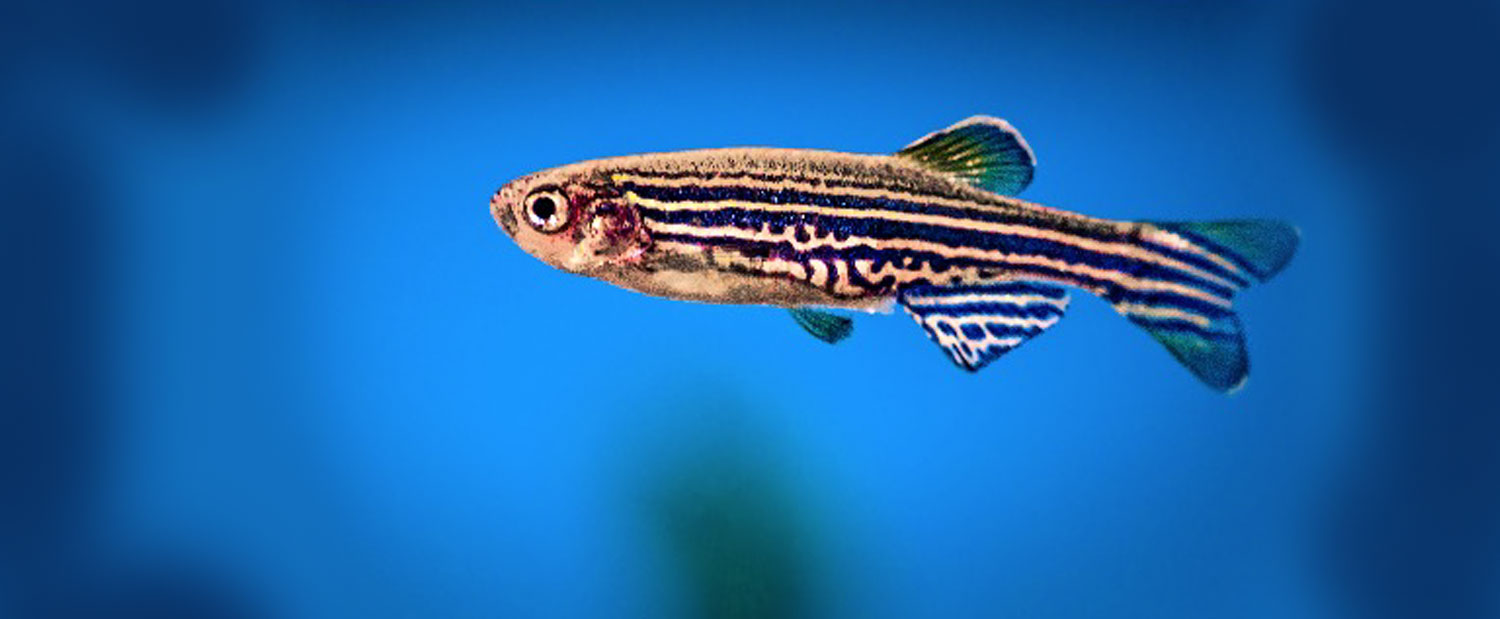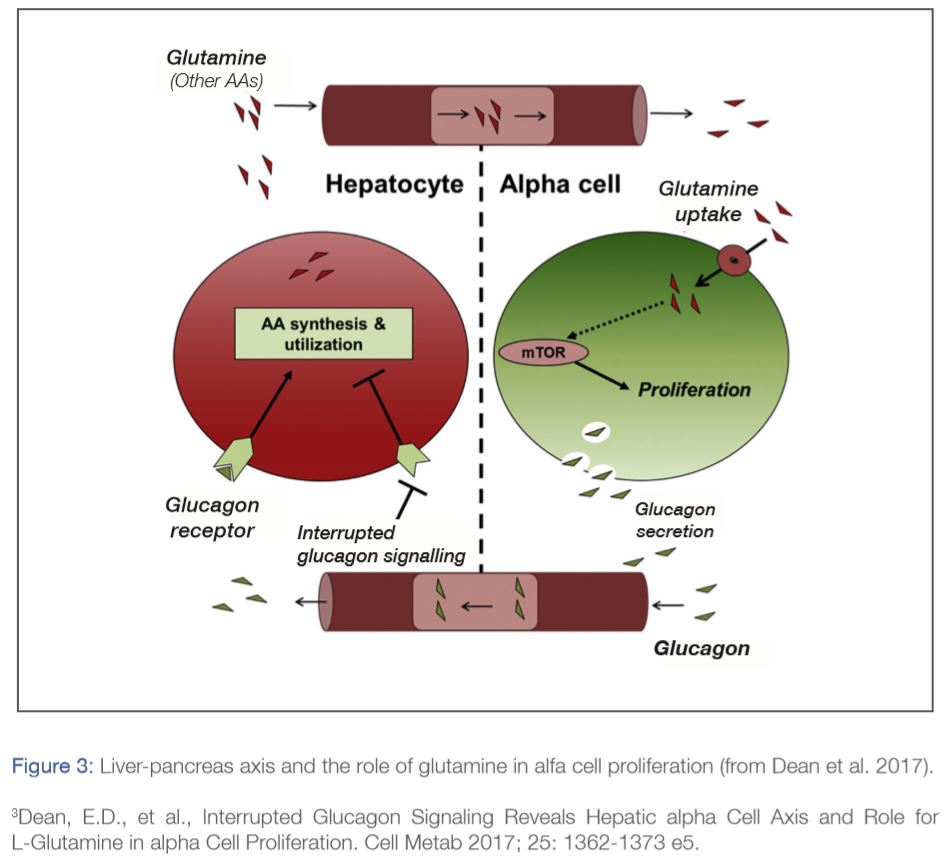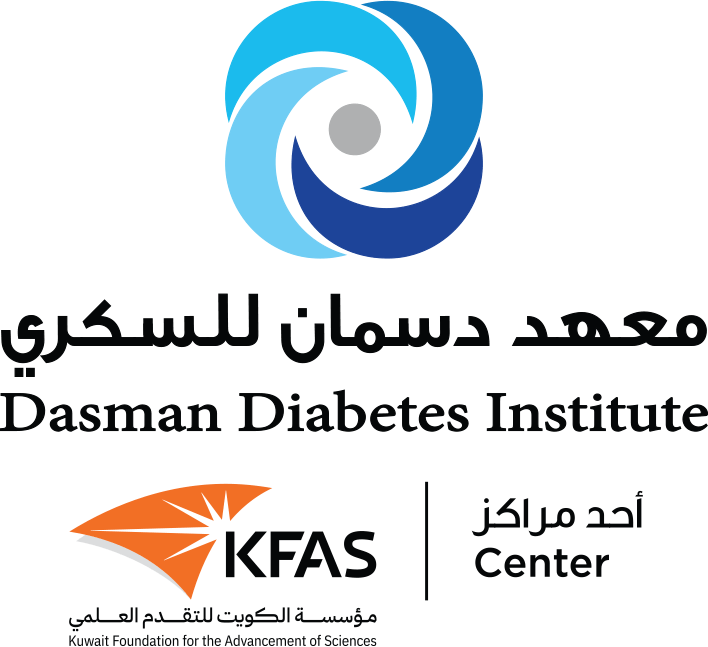
ANIMAL AND IMAGING FACILITY
In this issue of the newsletter, we will be highlighting the research being carried out by the Animal and Imaging Core Facility at DDI, led by Dr. Ashraf Madhoun.
NEWS AND VIEWS
Explore the most recent advances in the world of diabetes and related complications published in the highest impact journals
Glucagon in the liver and the pancreas
Published on 01/05/2019
Two hormones produced in the pancreas regulate blood glucose levels: insulin and glucagon. Food intake rises blood glucose levels and induces the secretion of insulin from pancreatic beta cells, which works by increasing the absorption of glucose by the muscles and liver. On the other hand, during fasting periods, when blood sugar levels are low, pancreatic alfa cells secrete glucagon, which leads to the breakdown of glycogen into glucose in the liver. The suppression of glucagon action has shown success as a diabetes therapy. However, the body responds to this therapy by increasing the number of glucagon–releasing alfa cells.
To investigate the process that leads to alfa cell proliferation, researchers used three different animal models which had suppressed glucagon action: mouse, zebrafish and human pancreatic alfa cells. Using an integrated transcriptomics/proteomics/metabolomics approach, they found that the process of alfa cell production in the pancreas is coordinated by the availability of certain amino acids, such as glutamine. When glucagon is not available, amino acids produced in liver cells are released to the blood stream and absorbed by the pancreas, which triggers alfa cell proliferation. Therefore, the liver and pancreas form an important signalling axis that maintains glucose homeostasis. This study shows the important role of animal models, including mice and zebrafish, in diabetes research.



